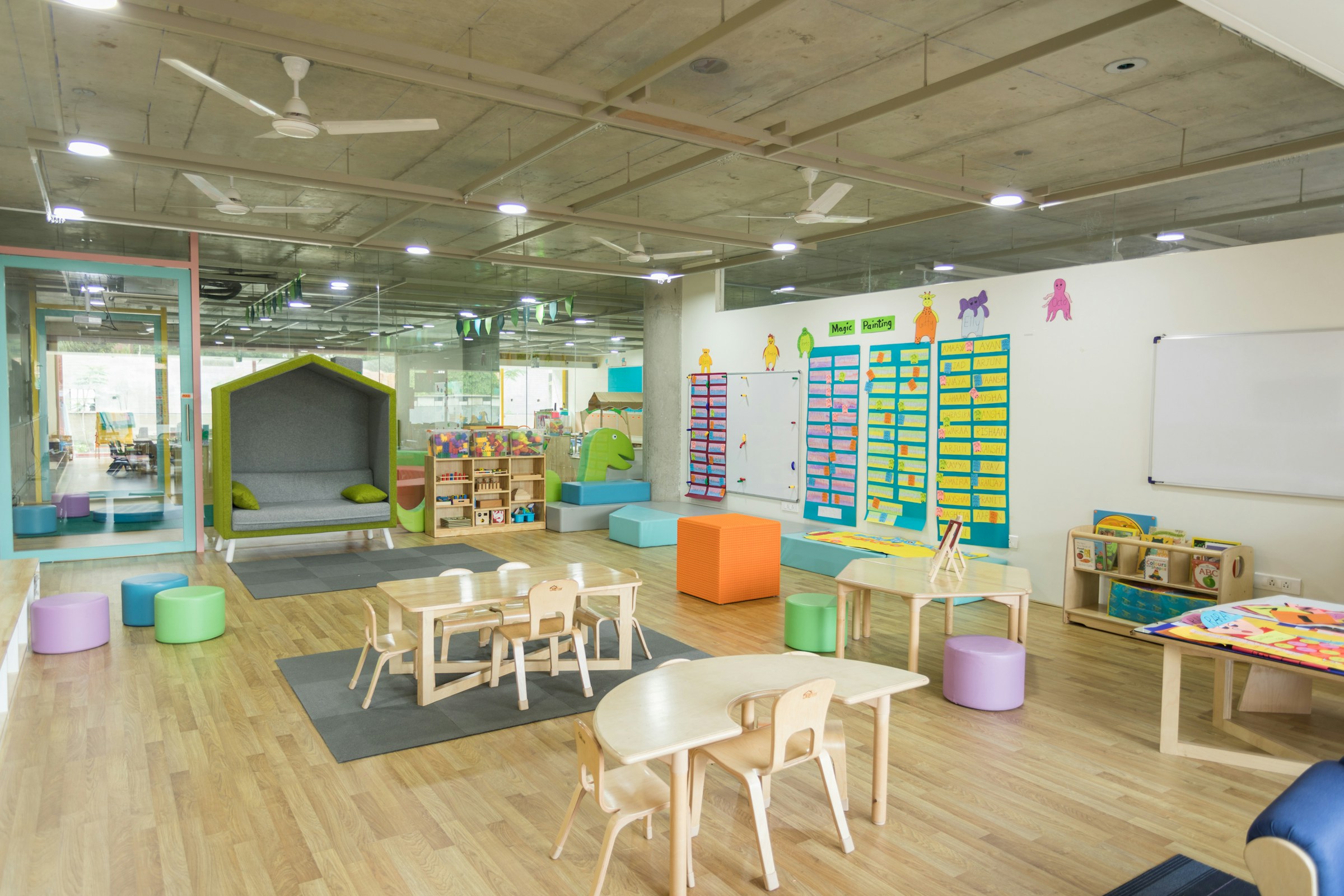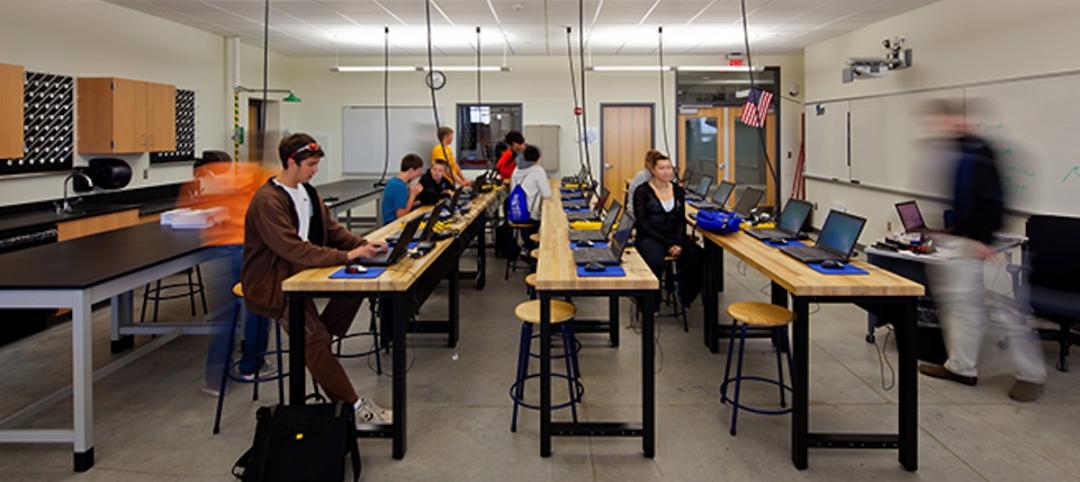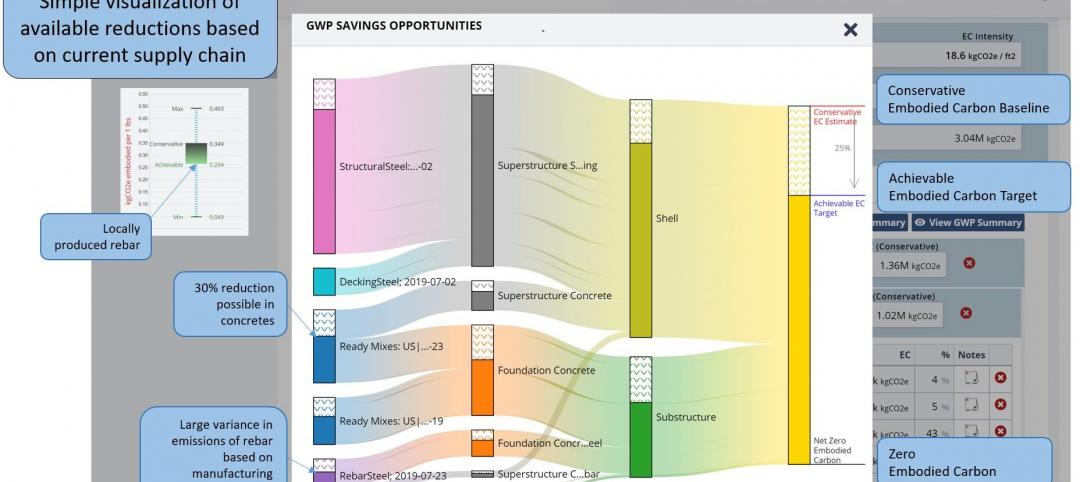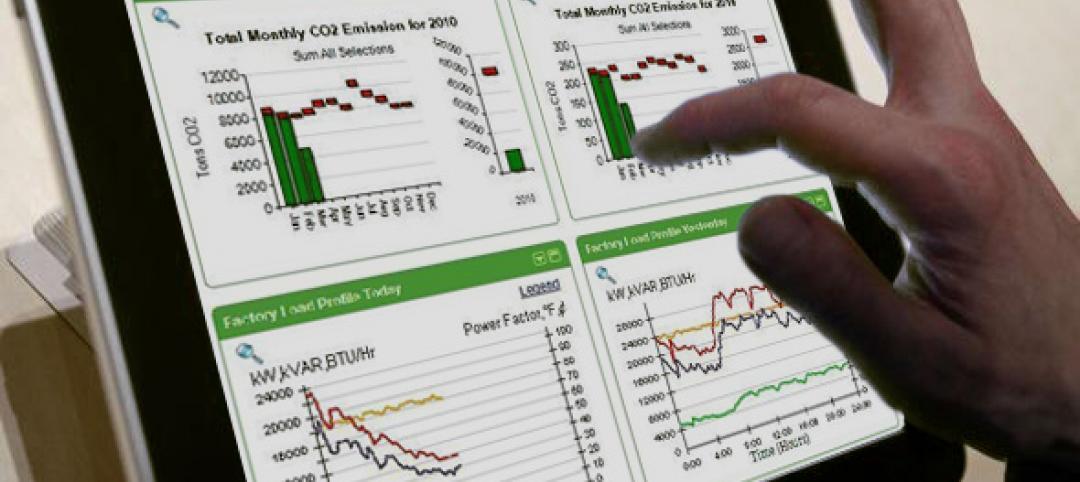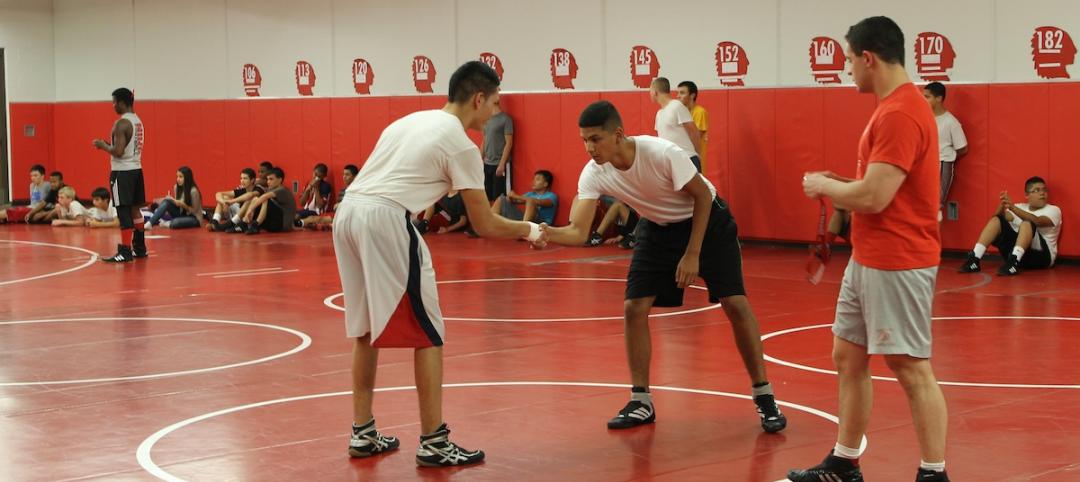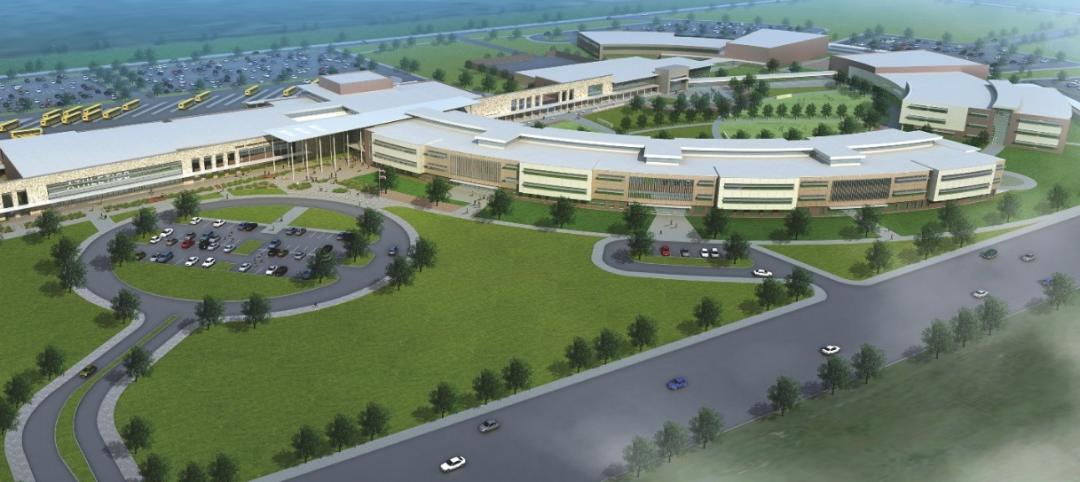More than 49 million students were enrolled in public elementary and secondary schools as of fall 2021, according to the Digest of Education Statistics. Coincidentally, that number (the “49” in 49 million) matches the average age of a main instructional school building in the U.S., according to the National Center for Education Statistics. More alarming, nearly four in 10 schools (38%) were built before 1970—and half of those have never had a major building renovation or addition.
Clearly, too many of the nation’s school districts are having to make it work with less-than-ideal educational facilities. But at what cost to student performance and staff satisfaction?
Newly released findings from a 28-school research study by Drexel University and Perkins Eastman reveal a strong correlation between the quality of school building environments and key educational indicators like test scores, graduation rates, enrollment, teacher retention—even community health and wellness.
The study, “Addressing a Multi-Billion Dollar Challenge” (140-page PDF download at BDCnetwork.com/2024-school-study), investigated the differences between modernized and non-modernized elementary, middle, and high schools—17 modernized, 11 non-modernized—throughout Washington, D.C., and Baltimore.
The primary finding: When measuring the educational adequacy of schools, modernized schools outperformed non-modernized schools by a wide margin, representing 13 of the top 15 performers, including the top 11 schools. The research team looked at factors such as instructional space, safety and security, environmental quality, extended learning, assembly, community, organization, and civic presence.
Drexel and Perkins Eastman hope the study will inform school districts on how best to invest limited CapEx funds. Some recommendations from the research:
Upgrades that enhance indoor environmental quality—air quality, lighting, acoustics, and thermal comfort—can positively impact students’ ability to focus and learn.
However, they warn that small incremental upgrades over time to items like HVAC systems can lead to potential detrimental impacts to the learning environments (e.g., unsightly conduit, blockage of windows).
These five areas offer the greatest opportunity for improvement: instructional space ambiance, exterior presence, safety and security, community assembly space, and main office location.
Overall, modernized schools better serve their community by being able to host initiatives like health clinics, food distribution programs, and public recreational facilities.
Download the full report at: BDCnetwork.com/2024-school-study.
Related Stories
K-12 Schools | Mar 18, 2015
The new Vo-Tech: Transforming vocational workshops into 21st century learning labs
It’s no secret: the way students learn today is different. But facilities are adapting to the increasing demands of technology, collaborative learning, and project-based instruction.
Retail Centers | Mar 10, 2015
Retrofit projects give dying malls new purpose
Approximately one-third of the country’s 1,200 enclosed malls are dead or dying. The good news is that a sizable portion of that building stock is being repurposed.
K-12 Schools | Mar 2, 2015
BD+C special report: What it takes to build 21st-century schools
How the latest design, construction, and teaching concepts are being implemented in the next generation of America’s schools.
Codes and Standards | Mar 2, 2015
Nevada moves to suspend prevailing wage rules on school projects
The Nevada Senate approved a bill that would suspend prevailing wage rules on school projects.
K-12 Schools | Mar 1, 2015
Are energy management systems too complex for school facility staffs?
When school districts demand the latest and greatest, they need to think about how those choices will impact the district’s facilities employees.
K-12 Schools | Feb 26, 2015
Should your next school project include a safe room?
Many school districts continue to resist mandating the inclusion of safe rooms or storm shelters in new and existing buildings. But that may be changing.
K-12 Schools | Feb 26, 2015
Construction funding still scarce for many school districts
Many districts are struggling to have new construction and renovation keep pace with student population growth.
K-12 Schools | Feb 26, 2015
D.C.'s Dunbar High School is world's highest-scoring LEED school, earns 91% of base credits
The 280,000-sf school achieved 91 points, out of 100 base points possible for LEED, making it the highest-scoring school in the world certified under USGBC’s LEED for Schools-New Construction system.
K-12 Schools | Feb 25, 2015
Polish architect designs modular ‘kids city’ kindergarten using shipping container frames
Forget the retrofit of a shipping container into a building for one moment. Designboom showcases the plans of Polish architect Adam Wiercinski to use just the recycled frames of containers to construct a “kids city.”
University Buildings | Feb 23, 2015
Future-proofing educational institutions: 5 trends to consider
In response to rapidly changing conditions in K-12 and higher education, institutions and school districts should consider these five trends to ensure a productive, educated future.


